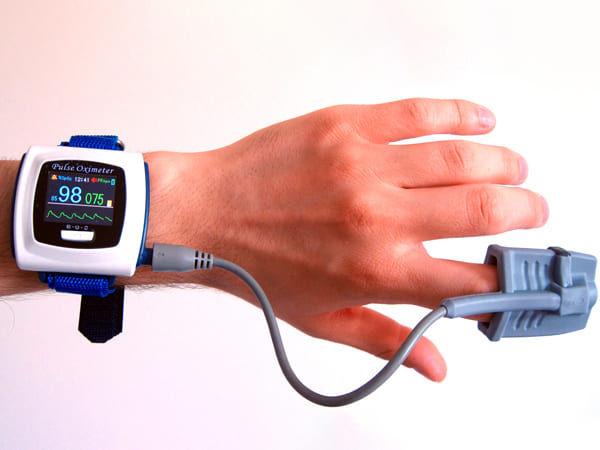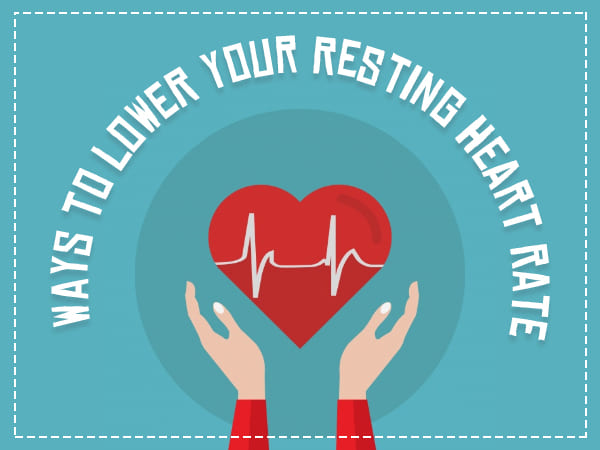
What Is Pulmonary Fibrosis?
Pulmonary fibrosis is a progressive and chronic lung condition that causes scarring in the lung tissues. The scarring leads to low oxygen levels in the blood, making a person unable to breathe properly, especially during exercise or walking. [1]
Pulmonary fibrosis is not a single disease but consists of a large number of lung diseases that include scar tissue in the lungs. Several factors are responsible for the scarring and a medical expert is sometimes unable to point out just a single cause. From the aforementioned report, COVID-19 infection is also considered one of the risk factors for pulmonary fibrosis.
Like diabetes or other chronic diseases, pulmonary fibrosis cannot be treated and only its symptoms can be managed to improve the quality of life.
 Vocal Cord Paralysis: Causes, Symptoms, Risk Factors, Diagnosis And Treatments
Vocal Cord Paralysis: Causes, Symptoms, Risk Factors, Diagnosis And Treatments

COVID-19 And Pulmonary Fibrosis
Pulmonary fibrosis can develop as a result of chronic inflammation to the lungs due to Acute respiratory distress syndrome (ARDS). Several reports suggest that around 40 per cent of people with COVID-19 were admitted to intensive care due to the development of ARDS. [2]
Possible factors such as cytokine release due to COVID-19 viral antigen, high airway pressure, drug-induced lung toxicity and acute lung injury due to exposure to high levels of oxygen in ill patients can be the possible cause.
It was also noticed that the average age of people who were admitted due to severe COVID-19 was more compared to people admitted during SARS and MARS. This shows that advancing age can be one of the risk factors for pulmonary fibrosis induced due to severe COVID-19.
Pulmonary fibrosis leads to declining of the lung functions and quality of life. Though a person gets recovered from COVID-19 after reduction in viral load, the development of fibrosis cannot be prevented due to the removal of the virus. This is because even a small amount of residual but non-progressive fibrosis can increase the mortality risk in older adults with COVID-19, especially those who have a pre-existing lung disease.
Therefore, the long-term results of COVID-19 are speculative and need further study.

Causes Of Pulmonary Fibrosis
When the air sacs of the lungs called alveoli gets stiff or thick due to scarring, the oxygen supply to the bloodstream gets difficult that causes pulmonary fibrosis. Some of the causes of the scarring of the lung tissues include:
- Radiation [3]
- Autoimmune disorders such as lupus and rheumatoid arthritis.
- Environmental and occupational factors such as exposure to silica dust, moulds, hard metal dust or coal dust. [4]
- Infections such as hepatitis or herpes.
- Chemotherapy or anti-inflammatory drugs.
- Medical conditions such as pneumonia and dermatomyositis.
- Tobacco smoke
Note: Pulmonary fibrosis is called idiopathic pulmonary fibrosis when no particular cause can be identified. In some cases, the condition is hereditary.
 Pneumothorax (Collapsed Lung): Types, Causes, Symptoms, Risk Factors And Treatments
Pneumothorax (Collapsed Lung): Types, Causes, Symptoms, Risk Factors And Treatments

Symptoms Of Pulmonary Fibrosis
The severy of the symptoms of pulmonary fibrosis varies from person to person. In some people, the symptoms get progressed very slowly while in others very quickly.
- Shortness of breath (first symptom) [5]
- Fatigue
- Weakness
- Clubbing of the fingernails [6]
- Dry cough
- Discomfort in the chest region
- Muscle ache
 What Your Fingernails Say About Your Health
What Your Fingernails Say About Your Health
READ RELATED: Taking cannabis in your mid-20s damages cognitive development, NIH expert warns

Risk Factors Of Pulmonary Fibrosis
The factors that increase the risk of pulmonary fibrosis include:
- Gender[7](Men have increased risk)
- Age (Age group 40-70 has increased risk)
- Smoking
- An occupation that involves mining, construction or farming.
- Exposure to radiation
- Chemotherapy treatment
- Having a history of pulmonary fibrosis.
- Having an autoimmune disorder. [8]
 COVID-19: How Understanding Fluid Mechanics Can Help Tackle The Virus Spread
COVID-19: How Understanding Fluid Mechanics Can Help Tackle The Virus Spread

Diagnosis Of Pulmonary Fibrosis
The diagnosis of pulmonary fibrosis is often confused with other lung conditions such as pneumonia or bronchitis. [10] Common diagnosis methods include:
- Blood tests: To identify infections or an autoimmune condition.
- Blood oxygen level test: To evaluate the amount of oxygen in the blood.
- Lung function tests: To find out whether the lungs are working properly or not.
- Sputum sample test: To detect if infections (bacteria or virus) are the cause.
- CT scan: To look for signs of lung damage due to pulmonary fibrosis.
- Biopsy: To exactly determine the scarring of the lungs and rule out other lung diseases.
 Why Small Pulse Oximeter Is Becoming A Major Tool For Doctors During The COVID-19 Pandemic
Why Small Pulse Oximeter Is Becoming A Major Tool For Doctors During The COVID-19 Pandemic

Treatments Of Pulmonary Fibrosis
Treatment methods are mainly to manage the progression of the condition. They include:
- Medications: To slow the progression of pulmonary fibrosis by managing symptoms. [11]
- Prednisone medications: To suppress the immune system if an autoimmune condition is the cause of pulmonary fibrosis.
- Antifibrotic drugs: To reduce or minimise the further scarring of the lung tissues.
- Oxygen therapy: For easier breathing.
- Rehabilitation programs: To learn breathing techniques and other factors to improve lung efficacy.
- Lung transplant: Can be done only if the above treatment methods do not work out. [12]
 11 Effective Ways to Lower Your Resting Heart Rate (RHR)
11 Effective Ways to Lower Your Resting Heart Rate (RHR)

Prevention Of Pulmonary Fibrosis
- Quit smoking
- If your occupation involves mining, farming, construction or exposure to radiation, silica dust or other harmful pollutants, take precautionary measures to prevent the entry of those pollutants in the respiratory system.
- Maintain a balanced diet.
- Exercise regularly or get involved in physical activities.
- Change your lifestyle habits to cope well with the condition and minimise its progression.
 15 Effective Home Remedies To Treat Or Prevent Hay Fever Symptoms
15 Effective Home Remedies To Treat Or Prevent Hay Fever Symptoms

Common FAQs
1. What is the life expectancy of a person with pulmonary fibrosis?
Usually, the life expectancy of a person with pulmonary fibrosis is 3-5 years after the diagnosis. But due to the advancement in medical science, several ways have been discovered to increase the lifespan of people with the condition.
2. What are the signs of end-stage pulmonary fibrosis?
The signs of end-stage of pulmonary fibrosis include persistent cough, prolonged chest pain, weight loss, a feeling of anxiousness and disturbance in sleep patterns.
3. How do pulmonary fibrosis patients die?
Patients with pulmonary fibrosis die mainly due to right-sided heart failure, increased pressure to the lungs’ arteries (pulmonary hypertension) and lung cancer.
Source:









